| Plant Habit: | Herb/Forb |
| Life cycle: | Perennial |
| Sun Requirements: | Full Sun Full Sun to Partial Shade |
| Water Preferences: | Mesic |
| Minimum cold hardiness: | Zone 4a -34.4 °C (-30 °F) to -31.7 °C (-25 °F) |
| Maximum recommended zone: | Zone 9b |
| Plant Height: | 8 inches |
| Plant Spread: | 18 inches |
| Leaves: | Good fall color |
| Fruit: | Showy Edible to birds |
| Fruiting Time: | Summer |
| Flowers: | Showy |
| Flower Color: | White |
| Bloom Size: | Under 1" |
| Flower Time: | Spring |
| Underground structures: | Rhizome |
| Suitable Locations: | Beach Front |
| Uses: | Groundcover Will Naturalize |
| Edible Parts: | Fruit |
| Dynamic Accumulator: | Fe (Iron) |
| Resistances: | Salt tolerant |
| Propagation: Seeds: | Self fertile |
| Propagation: Other methods: | Stolons and runners |
| Pollinators: | Various insects |
| Miscellaneous: | Tolerates poor soil |
| Conservation status: | Least Concern (LC) |
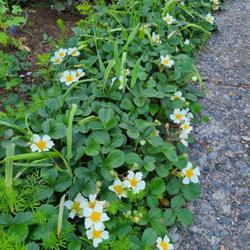
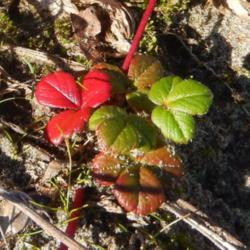
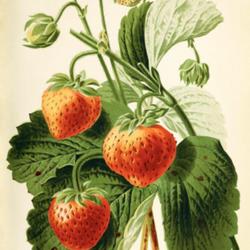
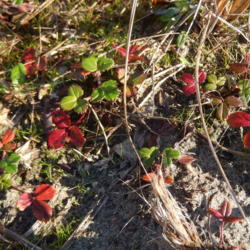
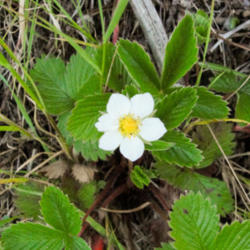
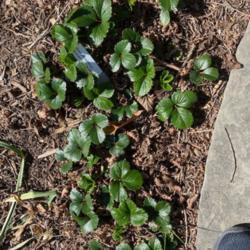
« Add a new plant to the database
» Search the Strawberries Database: by characteristics or by cultivar name
« See the general plant entry for Strawberries (Fragaria)